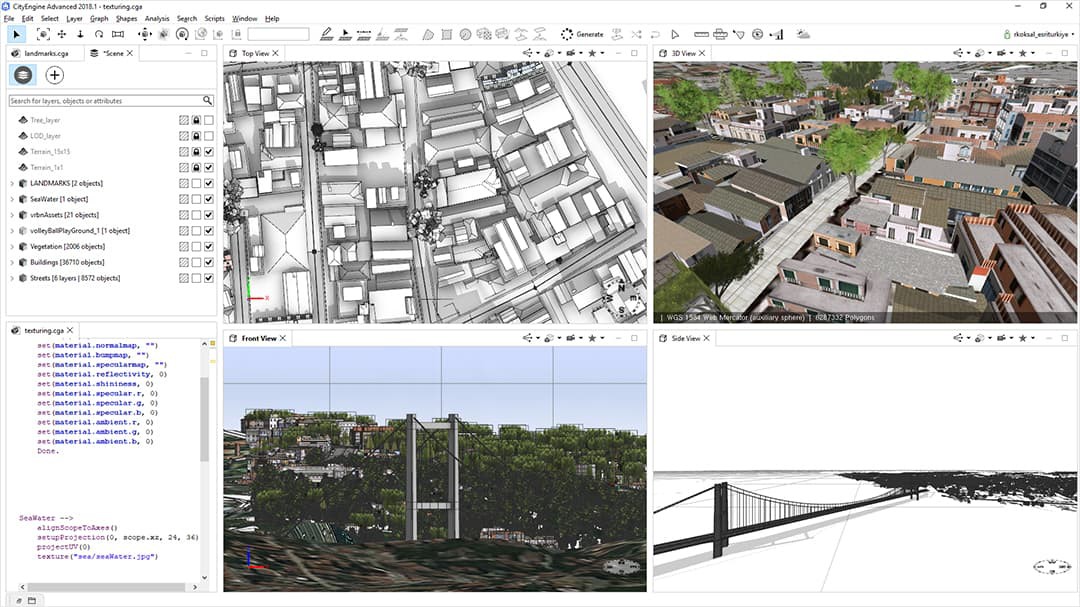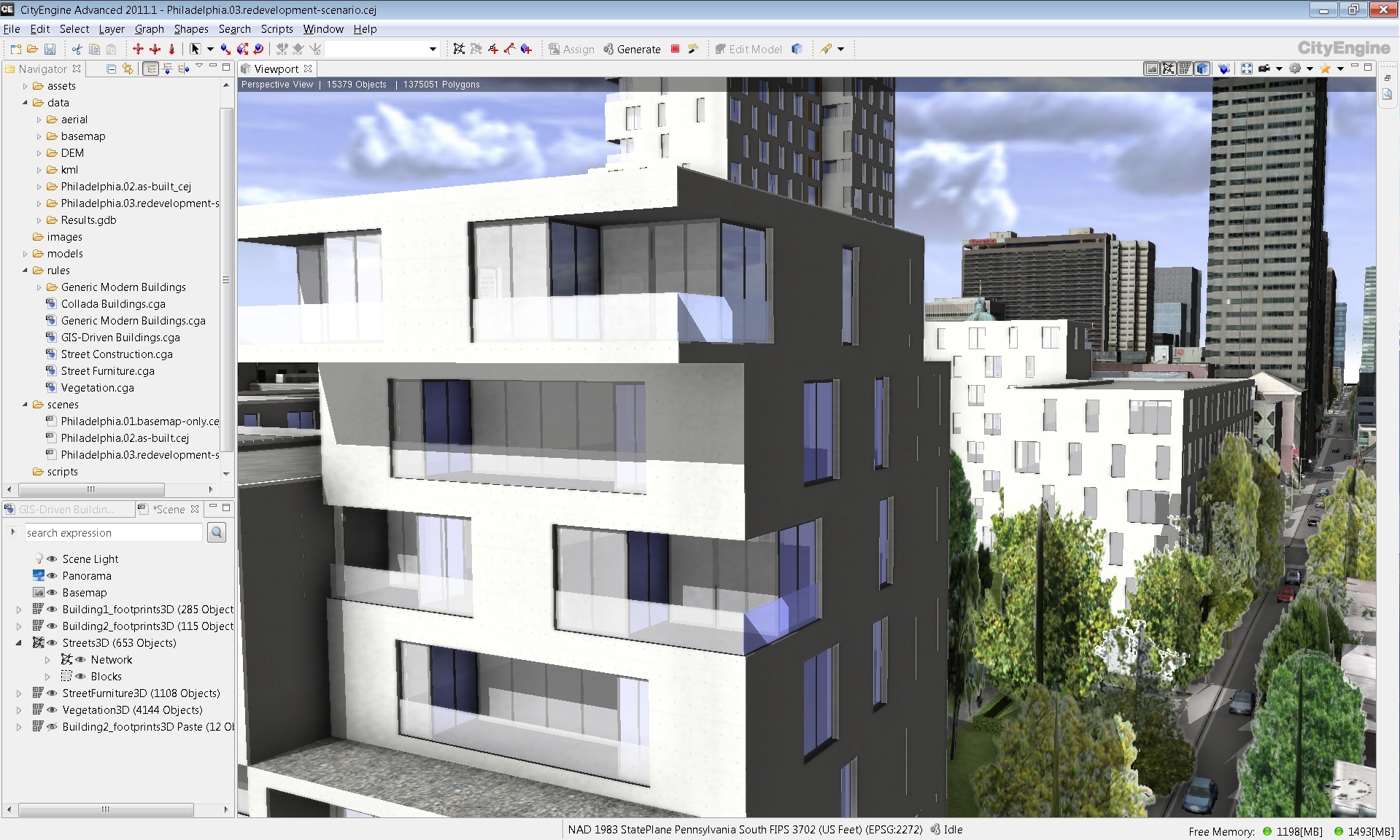
- APPLY TEXTURE TO MULTIPATCH CITYENGINE HOW TO
- APPLY TEXTURE TO MULTIPATCH CITYENGINE INSTALL
- APPLY TEXTURE TO MULTIPATCH CITYENGINE PATCH
- APPLY TEXTURE TO MULTIPATCH CITYENGINE PRO
It is useful for creating materials such as glass. Color of the material specified using RGB values. The BasicMaterial class has a number of properties to support this.
APPLY TEXTURE TO MULTIPATCH CITYENGINE HOW TO
In this step, we will see how to create and apply materials to a multipatch which will enhance the visual appearance of the 3D geometry. Stop debugging and return to Visual Studio when you are ready to continue. Validate the UI by activating the Add-In tab.Ĭlick the Create Cube button and a new cube multipatch feature will be created. Open the C:\Data\MultipatchBuilderEx\MultipatchBuilderExCubeDemo.aprx project. Show( "Multipatch creation failed: " + msg) īuild the sample and fix any compile errors. if there's an error, show it if ( ! string.

not successful, return any error message from the EditOperation return op. CubeMultipatchObjectID = ( long) rowToken. save the objectID in the module for other commands to use Module1. Create( localSceneLayer, cubeMultipatch) queue feature creation and track the newly created objectID RowToken rowToken = op. long newObjectID = -1 var op = new EditOperation() add the multipatch geometry to the layer string msg = await QueuedTask. create the multipatch geometry var cubeMultipatch = CreateCubeMultipatch() get the multipatch layer from the map var localSceneLayer = MapView. Any errors will be displayed to the user.įirst, search for the multipatch layer in the map. In this method, we are going to search for a multipatch layer in the map, create our cube geometry and then use the EditOperation class to create a new feature in the multipatch layer. Move back to your button's OnClick method. create the geometry Multipatch cubeMultipatch = cubeMultipatchBuilderEx. Add( bottomFacePatch) ĬubeMultipatchBuilderEx. Add( topFacePatch) ĬubeMultipatchBuilderEx. add to the Patches collection on the builder cubeMultipatchBuilderEx.
APPLY TEXTURE TO MULTIPATCH CITYENGINE PATCH
make the sides face patch Patch sidesFacePatch = cubeMultipatchBuilderEx. make the bottom face patch Patch bottomFacePatch = cubeMultipatchBuilderEx. make the top face patch Patch topFacePatch = cubeMultipatchBuilderEx. create the multipatch builder MultipatchBuilderEx cubeMultipatchBuilderEx = new MultipatchBuilderEx() Private Multipatch CreateCubeMultipatch() Create a new function called CreateCubeMultipatch and have it return a Multipatch object.
APPLY TEXTURE TO MULTIPATCH CITYENGINE PRO
If you are not familiar with the ArcGIS Pro SDK, you can follow the steps in the ProGuide Build your first add-in to get started.Īdd a new ArcGIS Pro Add-Ins | ArcGIS Pro Button to the add-in project, and name the item CreateCube.
APPLY TEXTURE TO MULTIPATCH CITYENGINE INSTALL
Download and install the sample data required for this guide as instructed in ArcGIS Pro SDK Community Samples Releases.Finally, we will apply a texture to the faces of the cube so that it looks like a Rubik's cube. Then we will apply materials to the faces of the cube. In this guide we will walk through how to create a simple cube multipatch. Texture Coordinates (used to define the mapping to apply a 2D texture image).įor a more detailed description of the multipatch geometry structure, please refer to the Esri multipatch white paper.




 0 kommentar(er)
0 kommentar(er)
